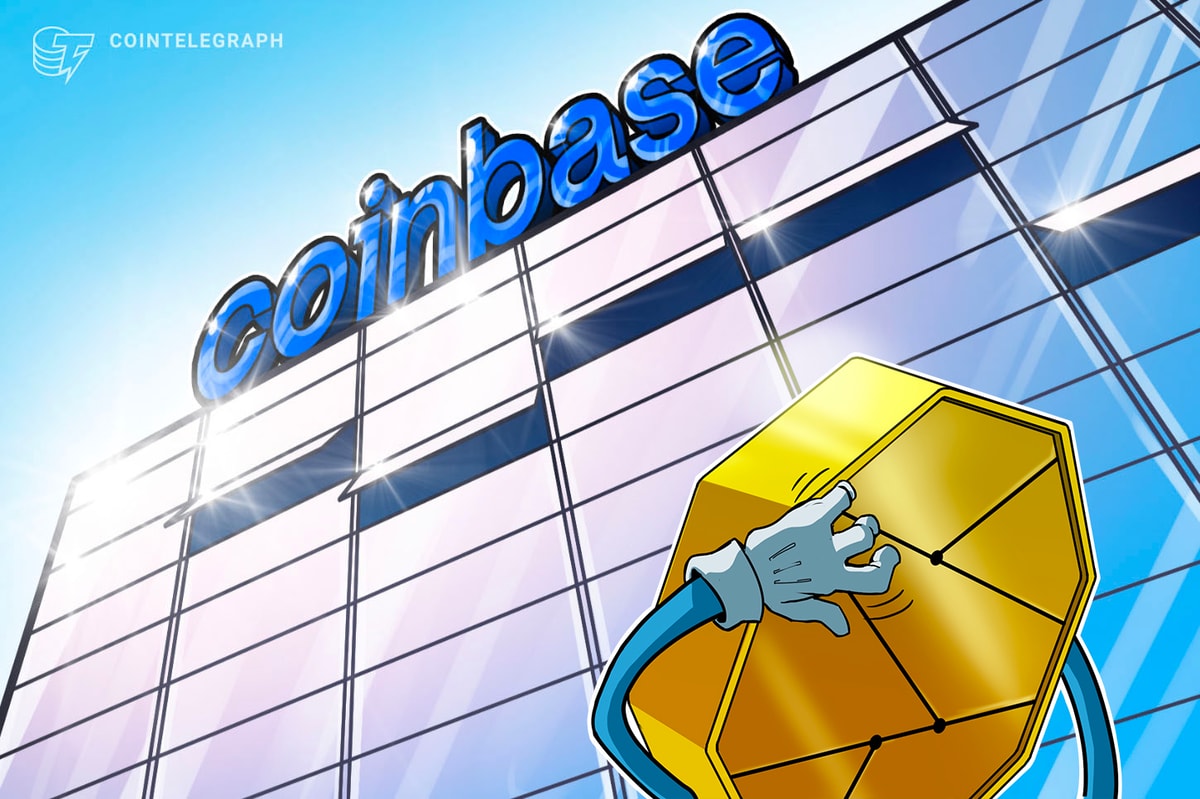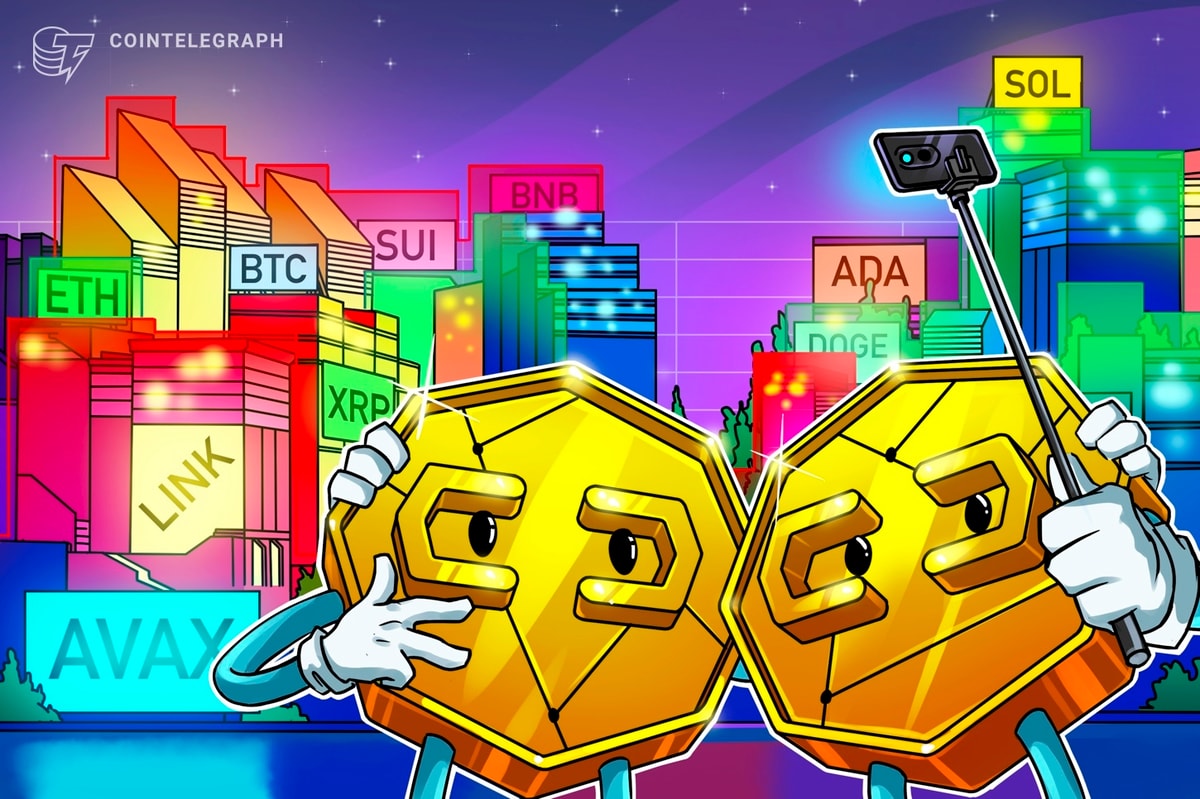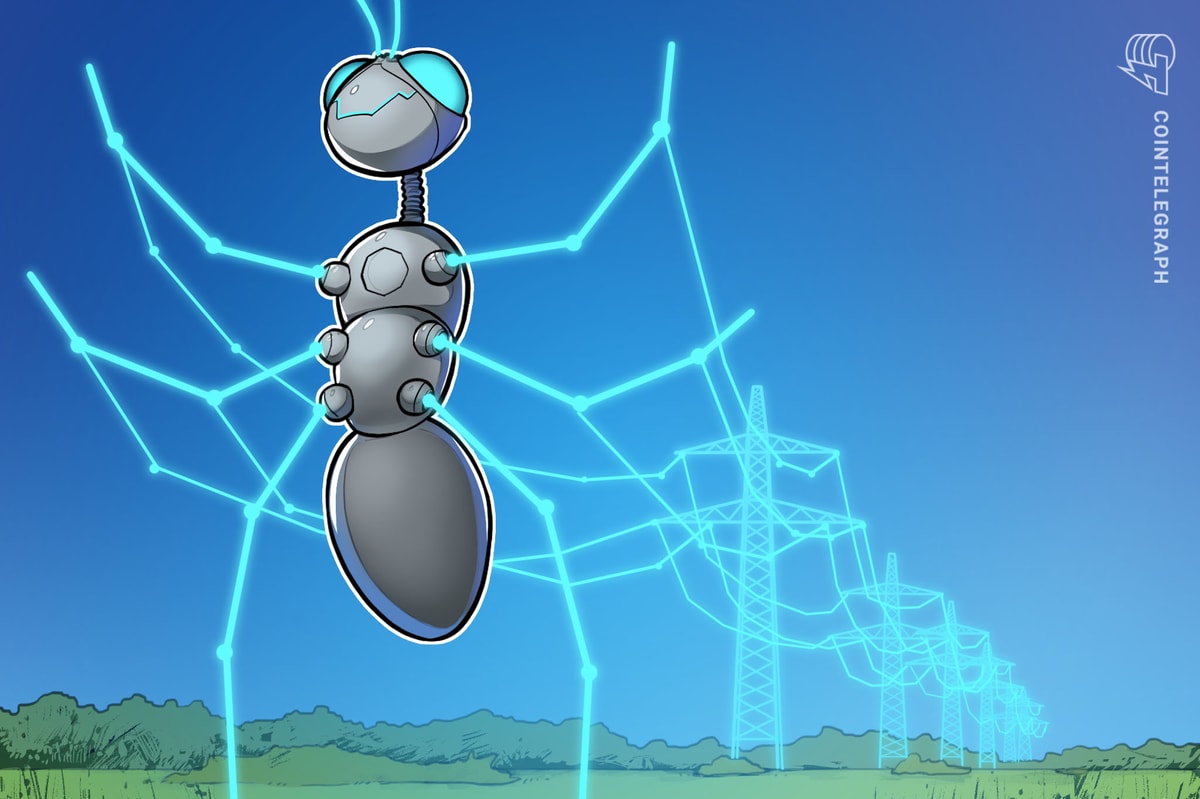NFTs have helped kick off a creator renaissance, ushering in a Web3 future where the artist is put first. By utilizing blockchain, artists can secure their digital legacies like never before. NFTs allow creators innovative new ways to build and interact with their audience, manage their content and get compensated. Here are three ways creators can leverage this brave new world to build not only a successful career, but a long-term project that forms a community of support around it.
Secure your digital legacy — put your art on the blockchain
Tokenize your artwork. Make it an NFT.
Whether it’s photographers uploading images to Instagram, filmmakers and vloggers posting content on YouTube or musicians who distribute their work on any major streaming site, artists sign away rights to their creations to have a seat at the table. In the posting and sharing of their creative works, ownership — and often any subsequent profits from it — is transferred to the platforms their work is hosted on. Web3 changes this model.
NFTs distributed in a p2p fashion on a blockchain ledger offer artists the ability to control the rights to their content while also establishing permanent, unchangeable transaction history. No centralized platform is necessary, and whoever originates the content has full control over the metadata that verifies provenance.
Once the artist has created and distributed their work, they also have access to a dynamic and perpetual secondary market. Creator-owned Web3 and NFTs allow creators to be compensated when their work is resold in perpetuity. Even if the NFT changes hands ten times in the next decade, the original artist can always receive a percentage of the sale(s) with no renegotiating or logistical overhead.
The creator of the NFT can even set rules for what that percentage will be, completely customizing their profit from secondary sales. This provides creators unprecedented access to an archival digital standard that lets them prove ownership now and forever.
Community chest
Focus on building a community that is welcoming, interesting and purposeful.
Recently, artists have been achieving massive success by building communities for their fans through grassroots outreach and managing their sales pipelines themselves. In contrast to the traditional model where there are hosts of middlemen between an artist, their target audience, potential buyers and any sales they may achieve, these artists can communicate how and when they like, without oversight, censorship or demonetization hanging over their heads. In doing so, they can develop organic relationships with their fans.
NFTs and blockchain make this even more true. Blockchain is based on the principles of decentralization, self-sovereignty and immutable ledgers that are open and verifiable. This is the collective dream that Web2 abandoned, now realized via a Web3 model — a platform offering creators unrestricted access to a global audience on their own terms.
Understanding what NFT enthusiasts are looking for and being able to deliver on those needs is key to seeing a community grow successfully. Focusing on building a community that is welcoming, interesting and purposeful is practically mandatory. Inclusion, agency and group empowerment is the coin of the realm here. When you think about the community around a project as inseparable from the project and directly responsible for its growth and long-term success, then you can easily see why fostering the community of a project is essential.
Strive for utility
Think of your NFT drops as projects rather than stand-alone pieces of art, so you can more easily integrate utility for your holders.
Once a community has been established, you need to offer compelling reasons for them to remain engaged. Building utility into your NFTs is a great way to achieve this. Whether it’s for governance, receiving airdropped content, access to real-world events and perks, gamification or just part of a larger collection, NFTs with utility are a fantastic way to keep an audience invested in a project.
Take for example, The Bored Ape Yacht Club (BAYC) — one of the most wildly successful NFT projects and a shining example of building utility into a project. Holders of BAYC NFTs get access to a custom discord server, invites to parties, access to exclusive merch, exclusive NFT drops and plenty of other perks to keep their fans engaged and invested in the project, while delivering a strong sense of community around ownership. It’s not meant to just be a PFP; it seeks to be something bigger. This strengthens long-term support of the project and keeps members actively engaged.
If creators think about their NFT drops as ‘projects’ and not just stand-alone pieces of art, it becomes much easier to build utility around them. Thinking of the big picture and how people derive the most enjoyment from a project naturally leads to the idea of interactive content. When you have a community that is engaged with a project and is incentivized to continually engage with the project in interesting ways, then the only thing left is to think about how NFTs are archival by design. They will continue to exist as long as the internet exists and, as such, creators should be mindful of their digital legacy.
Creators control Web3
NFTs have given artists autonomy over their work in ways they’ve never been able to achieve with the Web2, platform-led standard. Now, artists can have the best of all worlds — direct access to their fans, control over their sales channels and all the benefits of an immutable ledger to secure their digital legacy. This is precisely what Web3 was designed to provide, and we’re only at the beginning. A fully creator-owned future is inevitable.
Gabe Frank is CEO of Arcade.xyz, the leading DeFi marketplace for loans backed by NFT collateral.
This article was published through Cointelegraph Innovation Circle, a vetted organization of senior executives and experts in the blockchain technology industry who are building the future through the power of connections, collaboration and thought leadership. Opinions expressed do not necessarily reflect those of Cointelegraph.
Learn more about Cointelegraph Innovation Circle and see if you qualify to join











